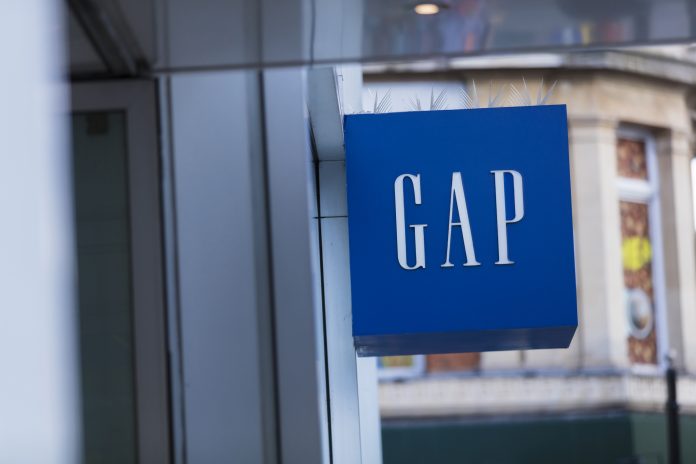Hugh Stevens, the Head of Strategic Growth at LiveRamp, explores how better data use can help ensure the high street can truly get back on its feet post-pandemic, the impact of eCommerce on the future of retail and how physical stores can survive
High street stalwart Gap recently announced they would be closing all of its 81 UK stores, in order to focus on online and digital shopping and sales.
Gap is not alone in this new approach. The pressures and difficulties of repeated lockdowns over the last 18 months has forced retailers to make the difficult decision to reformulate their business strategies – placing greater emphasis on digital approaches to compete with rapidly growing online retail giants.
As a result, many retailers, like Gap, have shut their brick-and-mortar stores. The data on the British retail landscape is striking. The pandemic has forced stores to close and furlough employees, leading to the British high street losing more than 11,000 shops in 2020, whilst online eCommerce boomed with sales increasing by 40%. It is clear that the pandemic has presented serious challenges for the high street and they are in dire need of a transformation.
No one wants to see the death of our beloved high street – they serve as the beating, lively heart of so many towns across the UK – and we must recognise that modernisation will be the key to preservation. One silver lining of the pandemic is that it has served as an incubator of innovation – applying pressure to the development of new technologies and accelerating the digital transformation of businesses. Nevertheless, many retailers will require a thorough revamp post-pandemic in order to survive long-term.
But this cannot be achieved in silos – collaboration is key to ensure the high street survives.
In comparison to many online retail giants, high street shops have untapped potential when it comes to refining their digital strategies and there is a very real opportunity for them to realise the value of their first-party data. To facilitate a strong post-pandemic recovery, high street stores must invest in leveraging their first-party data to generate a much deeper understanding of their customers, support their commercial goals, and deliver more effective marketing strategies.
High street stores do not need to fully migrate to online eCommerce, but rather need greater unification between online and in-store data, fuelled by shared data insights. Stores that are reluctant to grow their online presence are not only missing out on a thriving sales channel but also a hub of data insights that can be used to both a company and industry-wide advantage.
Our own Moving Forward Through Digital report says 83% of businesses cite increasing productivity as a core reason for innovating, showing that investment in innovation and collaborative data will improve efficiency and competitiveness within business. The renovation of retail post-pandemic must be a team effort, and by working together more closely companies can support each other to ensure an industry-wide boom. In a post-Covid world, healthy competition should be fuelled by a level playing field and cooperation between retailers.
A business’ first-party data is the most effective mechanism to understand customers, but it is also limited in isolation. Data partnerships can open up new insights that a retailer would not otherwise have access to and give you a more holistic view of where your customers are in their buying journey and what they are looking for.
Data collaboration and connecting data sets with trusted partners in a privacy-first way can help to generate deeper and broader customer insights that can rival those of pure-play eCommerce retailers. A data connectivity platform can foster this collaborative approach. In a neutral environment, retailers can bring together data to inform each other of customer demographics and generate a mutually beneficial hub for the ultimate customer experience.
For instance, a high street clothing store and an online sports apparel store can work together and combine their data to better understand their customers, identify the items that are most popular, and measure the impact of campaigns. This understanding of joint customer engagement across brands paints a clearer picture of the customer’s purchasing habits and helps create better personalisation, promotions and deals for consumers, ultimately driving sales and customer experience. Only when we combine in-store and online data, can marketers really get the full picture of the customer journey and harness this insight to inform future campaigns and overall marketing strategies.
Marketers seeking to supercharge their marketing strategies and drive growth need to now invest in their data strategies and identify key partners and collaborations that can enable them to maximise their data across both physical stores and online.
Brick-and-mortar stores remain vital for our economic recovery, but a more cohesive and transformative use of the digital space and data insights will ensure that customers’ needs are met both online and in-store.
The future of the high street faces a critical junction; retailers must boost data insights and collaborate so that the high street not only survives but thrives.











